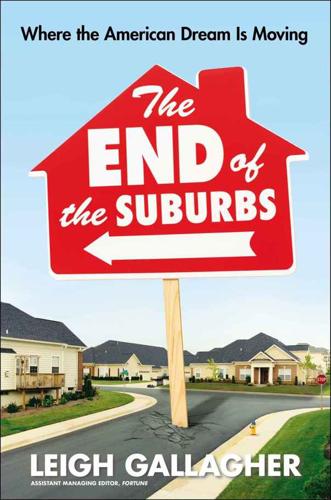
The End of the Suburbs: Where the American Dream Is Moving
by
Leigh Gallagher
Published 26 Jun 2013
“The idea went from, ‘Let’s build a campus’ to ‘Let’s build a city,’” Hsieh says over shots of Fernet, the bitter digestif that has become the team’s signature drink, at his new neighborhood’s Cheers equivalent, the Downtown Cocktail Room. Hsieh has a vision to create his own version of the sidewalk “ballet” Jane Jacobs described, a place where people can live, work, and play without leaving their neighborhood. (It’s actually Jane Jacobs meets Ed Glaeser; the economist and author has become a hero of the Downtown Project team.) Hsieh himself has moved, too, vacating his suburban Vegas house for one of the loft-style apartments.
…
The historian Lewis Mumford: Jackson, Crabgrass Frontier, pp. 237, 244; Lewis Mumford, The Culture of Cities (Mariner Books, 1970). Her influential 1961 book: Jane Jacobs, The Death and Life of Great American Cities (Random House, 1961). The definitive critique of twentieth-century urban planning. It’s hard to overstate Jacobs’s role in urban planning, and her own artful explanation of the “sidewalk ballet” is worth citing in full here. She wrote that under the seeming disorder of cities, there was a “marvelous order for maintaining the safety of the streets and the freedom of the city.” This order, she wrote, is “composed of movement and change, and although it is life, not art, we may fancifully call it the art form of the city and liken it to the dance—not to a simple-minded precision dance with everyone kicking up at the same time, twirling in unison and bowing off en masse, but to an intricate ballet in which the individual dancers and ensembles all have distinctive parts which miraculously reinforce each other and compose an orderly whole.

Ghost Road: Beyond the Driverless Car
by
Anthony M. Townsend
Published 15 Jun 2020
Yet while such fears aren’t misplaced—it’s easy to see pedestrian areas becoming overwhelmed by conveyors—it may be possible to program them to be so deferential that we may not mind. That’s the thinking behind an effort at MIT’s Aerospace Controls Lab, which is using deep learning to help computers understand the “intricate sidewalk ballet” described by urbanist Jane Jacobs in her 1961 classic The Death and Life of Great American Cities. Researchers have already successfully programmed a conveyor with enough sense to learn our unwritten rules of body language and smoothly move through crowds. But if faking human moves doesn’t solve sidewalk gridlock, conveyor makers may simply try to make their machines more cute.
…
Burns, Reinventing the Automobile: Personal Urban Mobility for the 21st Century (Cambridge, MA: MIT Press, 2010), 24. 56“up to four bags of groceries”: “Marble’s Delivery Robots Hit the Ground to Map Out Arlington, Texas,” AUVSI, August 21, 2018, https://www.auvsi.org/industry-news/marbles-delivery-robots-hit-ground-map-out-arlington-texas. 57a global web of design and engineering, manufacturing: “Starship Technologies,” Crunchbase, accessed February 11, 2019, https://www.crunchbase.com/organization/starship-technologies#section-investors. 57the city’s Board of Supervisors to enact a temporary ban: Adam Brinklow, “San Francisco Ready to Permit Robots on City Sidewalks,” Curbed SF, March 14, 2018, https://sf.curbed.com/2018/3/14/17120628/san-francisco-robot-ban-fees-yee-tech. 57“intricate sidewalk ballet”: Jane Jacobs, The Death and Life of Great American Cities (New York: Random House, 1961), 92. 57a conveyor with enough sense to learn our unwritten rules: Jennifer Chu, “New Robot Rolls with Rules of Pedestrian Conduct,” MIT News, Massachusetts Institute of Technology, August 29, 2017, http://news.mit.edu/2017/new-robot-rolls-rules-pedestrian-conduct-0830. 57“students held a candlelight vigil for it”: Carolyn Said, “Kiwibots Win Fans at UC Berkeley as They Deliver Fast Food at Slow Speeds,” San Francisco Chronicle, May 26, 2019, https://www.sfchronicle.com/business/article/Kiwibots-win-fans-at-UC-Berkeley-as-they-deliver-13895867.php. 58capping a sudden surge of venture-capital investment: Leslie Hook and Tim Bradshaw, “Silicon Valley Start-Ups Race to Win in Driverless Delivery Market,” Financial Times, January 30, 2018, https://www.ft.com/content/decb36d8-056b-11e8-9650-9c0ad2d7c5b5. 58Ford plans to launch one based on a pickup truck chassis: Joann Muller, “One Big Thing: Ford CEO Says AV Progress Isn’t All about Technology,” Axios, October 12, 2018, https://www.axios.com/newsletters/axios-autonomous-vehicles-d682a456-7a3d-4e62-bcf0-5b322f82df48.html. 585.14-meter-long vehicle can carry 12 passengers: “Vision Urbanetic: On Demand, Efficient and Sustainable: Vision Urbanetic Answers the Question of Future Urban Mobility,” Daimler, September 10, 2018, https://media. daimler.com/marsMediaSite/en/instance/ko.xhtml?
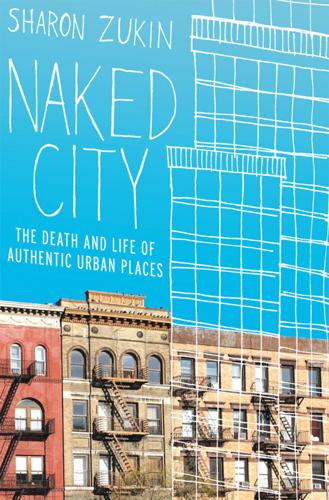
Naked City: The Death and Life of Authentic Urban Places
by
Sharon Zukin
Published 1 Dec 2009
She praised crowded sidewalks for keeping people safe, shabby buildings with low rents for incubating small new businesses, and mixed uses—housing alongside stores, offices, and manufacturing—for exerting greater aesthetic appeal than the “dullness” that was so palpable in homogeneous corporate office districts, public housing projects, and residential suburbs. The much-quoted set piece in the first section of Jacobs’s best-selling 1961 book, The Death and Life of Great American Cities—an hour-by-hour description of the “intricate sidewalk ballet” on Hudson Street, outside her window—dramatizes the neighborly interdependence of local shopkeepers, housewives, schoolchildren, and customers at the corner bar, all patron saints of social order in the city’s neighborhoods who were either scorned or ignored by the powerful forces that controlled urban renewal.
…
A trio of young musicians sits on benches in the middle of the park, setting up a cello and two violins for an informal outdoor rehearsal. Though you see them vigorously scraping their bows, you can’t hear the music from only twenty feet away. It’s a normal evening at Union Square, but in this normality you find all the fascination of city life. Unlike in Jane Jacobs’s sidewalk ballet, the participants don’t know each other by name or face, and there is only limited interaction between them. In contrast, though, to Georg Simmel’s classic description of the modern metropolis, they’re not rushing past each other so quickly and so intent on their business that there’s no feeling of connection.
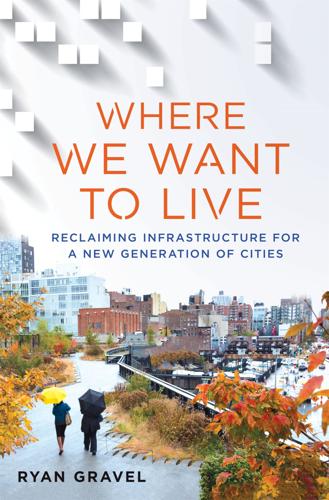
Where We Want to Live
by
Ryan Gravel
Published 2 Feb 2016
During that time of truly revolutionary change, there have been generations of people, including myself, who grew up with the shopping mall as the highest standard for how we should live. Office parks, big-box retail, and superblocks pervaded our formative years. Most of us never went shopping in a vibrant downtown district, rode transit on a regular basis, or enjoyed the “sidewalk ballet” that Jacobs so eloquently described in 1961.5 Sure, she and thousands of lesser-known heroes understood what was at stake and fought valiantly to improve urban conditions rather than abandon them, but ultimately, as it was for those gentlemen planners, the cultural weight of the century was too much for them to bear.
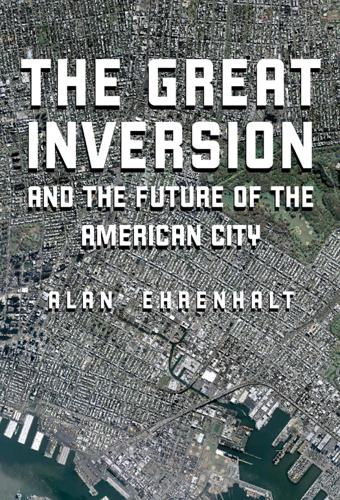
The Great Inversion and the Future of the American City
by
Alan Ehrenhalt
Published 23 Apr 2012
The White Horse made it to the twenty-first century in part on tourist dollars, but it is almost unchanged from the 1950s: The floor inside is still made of old wooden planks, and one can sit comfortably at one of the sidewalk tables in the late afternoon, drink a glass of ale, and look for reminders of the street life that Jacobs cherished. There is plenty of activity on the street, if not the intricate “sidewalk ballet” that Jacobs talked about. It includes children, but not children romping delightfully in the street; most of them are in strollers or walking back home with nannies after school or organized playtime. Of course, one rarely finds children playing on the street unsupervised in any affluent neighborhood in America these days; to find that, you have to go to much poorer places, like south Bushwick.

The Warhol Economy
by
Elizabeth Currid-Halkett
Published 15 Jan 2020
It is the concentrated environment of work-live-play that makes art and culture work in New York City. The neighborhoods that are most creatively dense are also those that have a diversity of galleries, nightlife, coffee shops, and residences that allows a constant, to use Jane Jacobs’ poignant phrase, “intricate sidewalk ballet.”48 In that sense, cities should look to ways to facilitate this, both in zoning to allow for mixed-use work-live spaces, and by making it affordable for artists to live collectively in the same neighborhoods. Pricing out artists inherently prices out creativity and its density, and that of course destroys the fabric of how art and culture work.
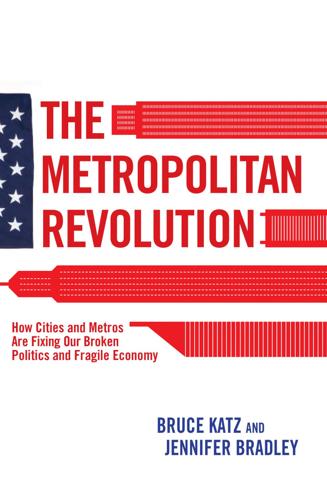
The Metropolitan Revolution: How Cities and Metros Are Fixing Our Broken Politics and Fragile Economy
by
Bruce Katz
and
Jennifer Bradley
Published 10 Jun 2013
The Future of the Metropolitan Revolution: Ushering In the Metro Age 6 7 8 9 The Rise of Innovation Districts 113 Toward a Global Network of Trading Cities 144 Metros as the New Sovereign 171 A Revolution Realized 192 Notes 209 Selected Bibliography 245 Index 251 v 00-2151-2 fm.indd 5 5/21/13 10:10 AM To the memory of my father, Alan Katz To Leon and Matthew Wieseltier 00-2151-2 fm.indd 6 5/21/13 10:10 AM F O RE W O RD H ow does one measure a city? By the buildings that fill its skyline? By the efficiency of its rapid transit? Or, perhaps, by what Jane Jacobs called the “sidewalk ballet” of a busy street? Certainly these are the memorable hallmarks of any modern city or metropolitan area. But a city’s true measure goes beyond human-made structures and lies deeper than daily routine. Rather, cities and metro areas are defined by the quality of the ideas they generate, the innovations they spur, and the opportunities they create for people living within and outside the city limits.
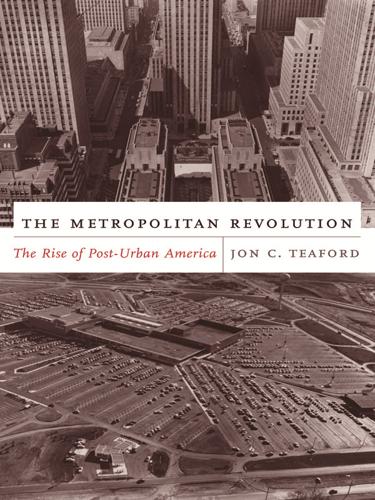
The Metropolitan Revolution: The Rise of Post-Urban America
by
Jon C. Teaford
Published 1 Jan 2006
She was a devotee of sidewalks in an era when more Americans were buying more automobiles, and a lover of densely populated neighborhoods of apartments and mom-and-pop stores in an age when the suburban migration to detached, single-family homes and sprawling chain stores was proceeding with full force. Jacobs was attracted to the “intricate sidewalk ballet” of her own West Village street at a time when most Americans were attracted by the promise of ample parking.105 Jacobs’s rhetoric had some appeal, but department store executives and beleaguered central-city mayors knew all too well that millions of American taxpayers and consumers preferred enclosed suburban malls to aging city streets and driving to walking.
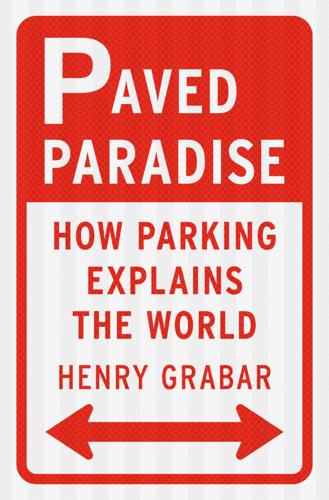
Paved Paradise: How Parking Explains the World
by
Henry Grabar
Published 8 May 2023
The green, in this case, was mostly paint—though the triangle was also ringed with plants spilling out from heavy concrete planters to keep the cars from reclaiming the space. “It is a New York City traffic principle that any street space not occupied by a car will become occupied by a car unless protected by a physical barrier or law enforcement agent,” she wrote. Sadik-Khan had grown up in Greenwich Village, the primal site of Jane Jacobs’s “sidewalk ballet.” More of a contact sport like rugby, she thought. When Sadik-Khan started working for the city in the late 1980s, she asked her mother, who had covered city hall for the New York Post, what department to aim for. “If you want to touch people’s lives every day, you have two choices,” her mother said.
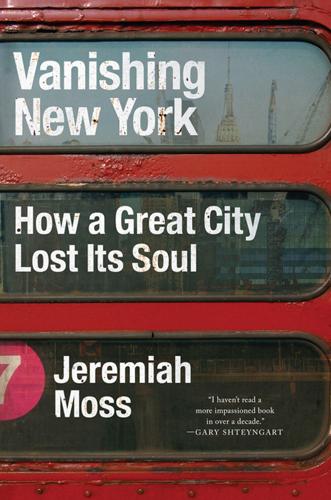
Vanishing New York
by
Jeremiah Moss
Published 19 May 2017
(Remember the research that showed how lower-income people tend to pay more attention to others on the sidewalk?) Everyone dances the dance. No one bumps into anyone here. Bodies shift and shuffle, attuned to one another, together and separate, but conscious. I love walking on East 116th just to feel again the “air like of loving,” that twentieth-century sidewalk ballet, the sense of being a human among other humans, connected if only by a moment of mutual acknowledgment on the city street. I walk farther east, past the few remaining vestiges of Italian East Harlem. There’s a sign for Morrone Bakery, shuttered in 2007 after fifty-one years in business. There’s Claudio’s barbershop, still here after more than sixty-five years, though Claudio was forced to move from his original location down the street when his rent tripled in 2011.
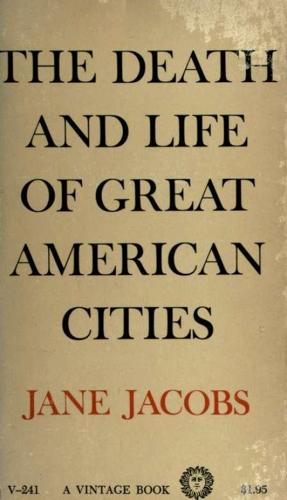
The death and life of great American cities
by
Jane Jacobs
Published 1 Nov 1961
This order is all composed of movement and change, and although it is life, not art, we may fancifully call it the art form of the city and liken it to the dance—not to a simple-minded precision dance with everyone kicking up at the same time, twirling in unison and bowing off en masse, but to an intricate ballet in which the individual dancers and ensembles all have distinctive parts which miraculously reinforce each other and compose an orderly whole. The ballet of the good city sidewalk never repeats itself from place to place, and in any one place is always replete with new improvisations. The stretch of Hudson Street where I live is each day the scene of an intricate sidewalk ballet. I make my own first entrance into it a little after eight when I put out the garbage can, surely a prosaic occupation, but I enjoy my part, my little clang, as the droves of junior high school students walk by the center of the stage dropping candy wrappers. (How do they eat so much candy so early in the morning?)

Aerotropolis
by
John D. Kasarda
and
Greg Lindsay
Published 2 Jan 2009
Turning a corner, I came face-to-face with a quarter mile of brownstones lining Stapleton’s grand boulevard, looking exactly like my own back in Brooklyn. They were new, of course—so clean they’d obviously never seen a pigeon—but otherwise packed shoulder to shoulder like the loveliest stretches of my borough, where Jane Jacobs’s “sidewalk ballet” of people endlessly dances arabesques below our windows. Stapleton’s residents were learning the steps—dog walkers strolled the grassy median, and a few runners loped by—but it wasn’t quite Cobble Hill yet. After the initial shock of meeting its doppelgänger wore off, another one hit me: Who moves to Denver to live like they’re in Brooklyn?